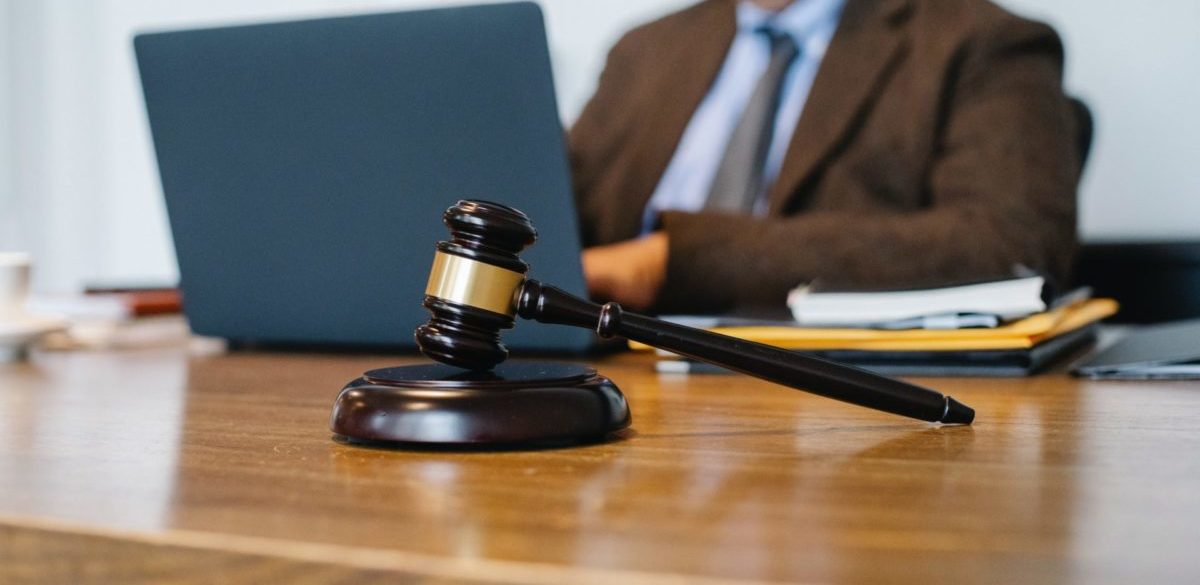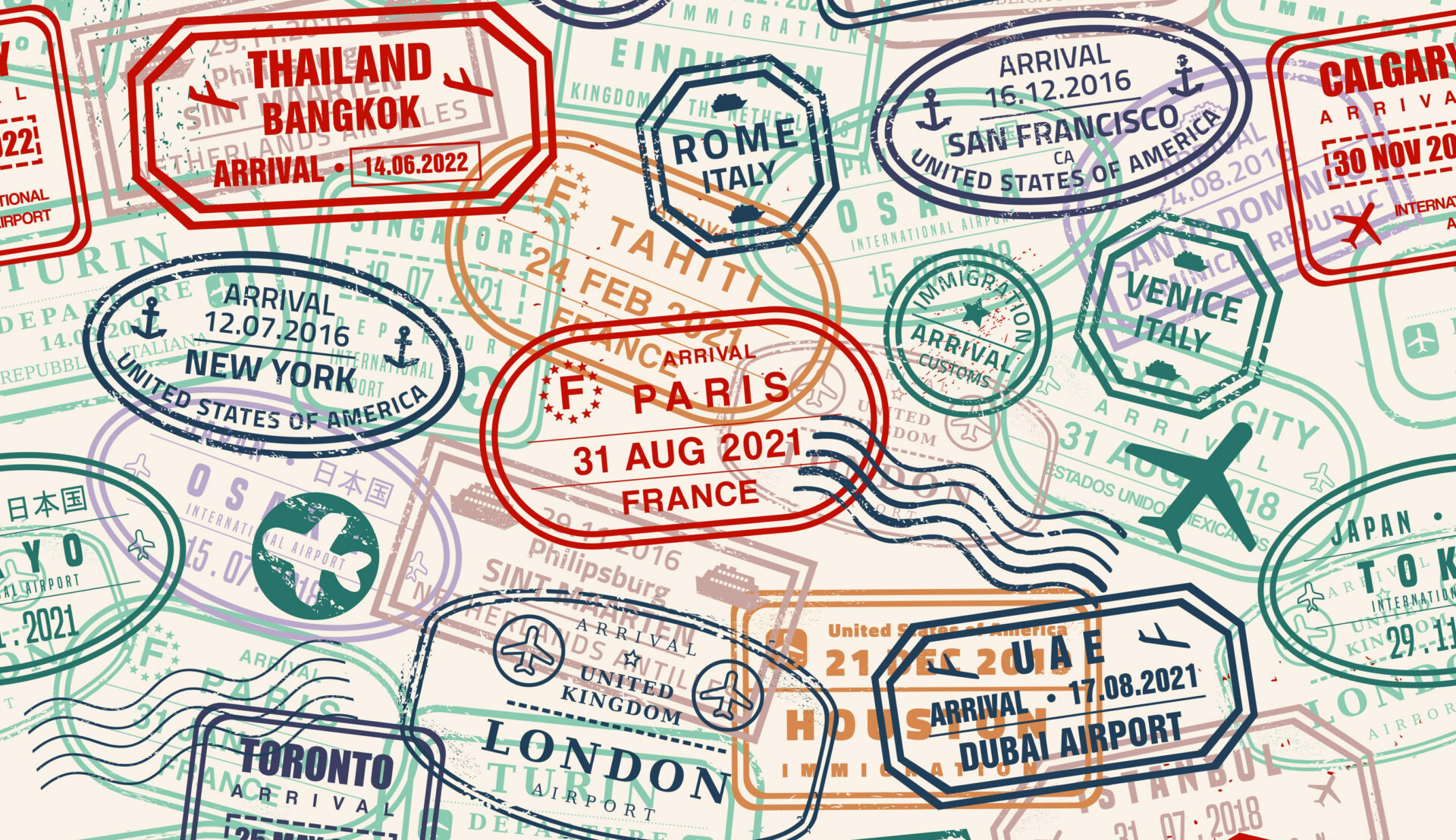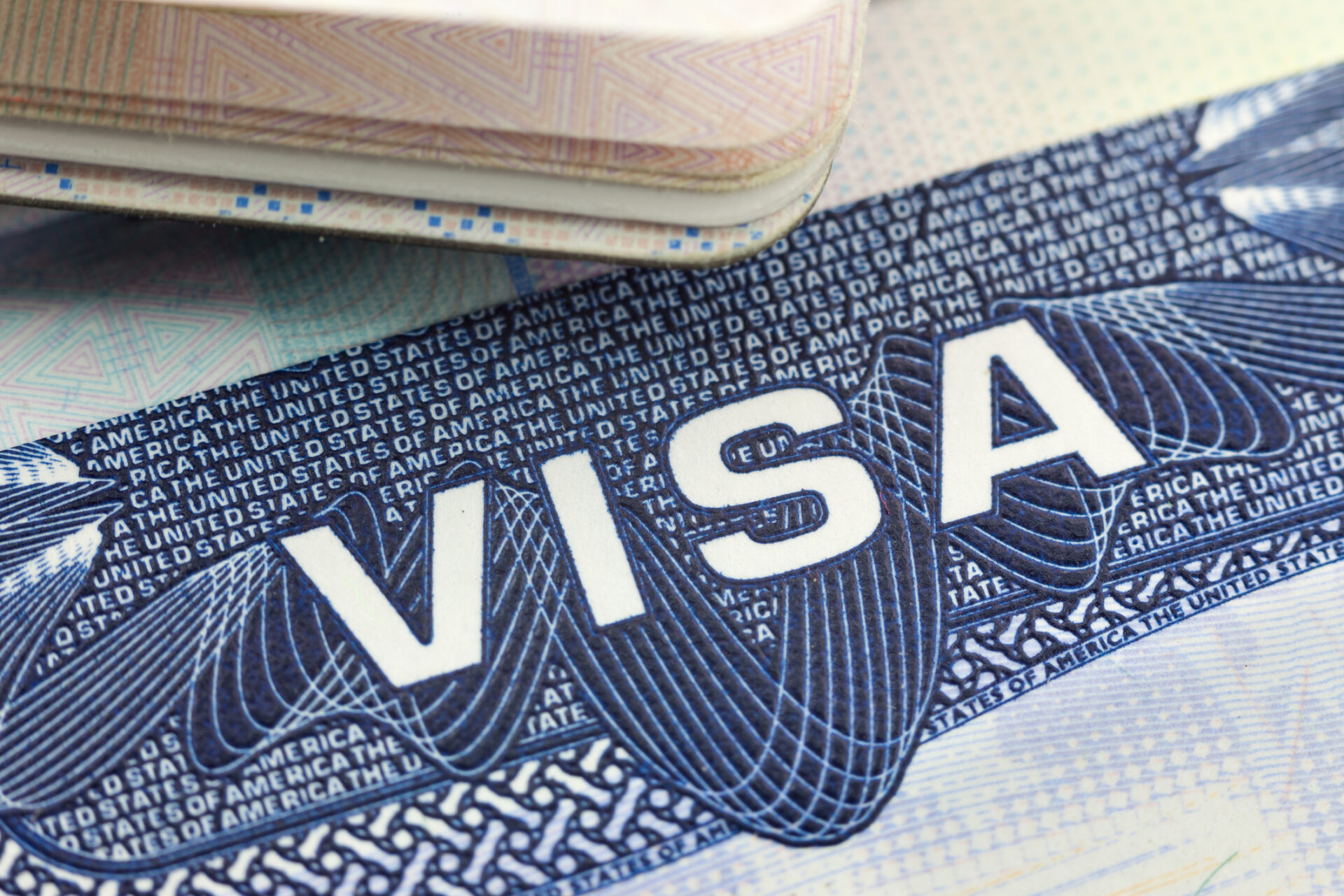Coming to the United States to practice medicine entails working with immigration authorities to ensure legal entry into the country. At AMOpportunities, we provide a B-1 visa invitation letter for eligible students who reserve an AMO clinical experience.
If you aren’t familiar with this type of visa and are still deciding if traveling to the U.S. for clinical training is right for you, we understand. To help you learn about this type of visa, we spoke to Lisa Scott, a Chicago-based immigration lawyer. Continue reading below for insight on immigration policies and the current climate for international healthcare professionals looking to practice in the United States.
AMO: What’s the current climate for international healthcare professionals looking to enter the United States under a B-1 visa?
Lisa Scott: In regards to a B-1 visa for international healthcare professionals, the climate has not changed much under the current administration. B-1 visas are routinely issued for international healthcare professionals who are visiting for 30 to 180 days for the purpose of observing/consulting with no patient care. Keep in mind that B-1 visitors may not receive a salary or income while in the U.S.
AMO: What does a B-1 visa entail?
Lisa Scott: Completing the Online Nonimmigrant Visa Application (DS-160), paying the Machine-Readable Visa (MRV) Fee, and scheduling an interview. At the time of the interview, the healthcare professional would need to bring all the necessary documents, including an invitation letter from the Company in the U.S.
AMO: How easy is it for international healthcare professionals to enter the United States to practice?
Lisa Scott: As I am sure you have heard, the current administration is focusing on the new “Buy American, Hire American”, as you can imagine this has made for a very challenging time in immigration.
AMO: What is the process for obtaining an H1B visa for an international medical graduate looking to practice in the United States?
Lisa Scott: International medical graduates who are completing their graduate medical training in the U.S. may have a H-1B petition filed on their behalf. The process requires the submission of a Labor Condition Application (LCA) to the Department of Labor, a Petition for Nonimmigrant Worker to U.S. Citizenship and Immigration Services (USCIS), obtaining a visa from the Department of State, and then entering the U.S.
We know the current climate for international healthcare professionals may seem uncertain. Fortunately, avenues of entry into the United States, such as under a B-1 visa for an observership, exist. Taking advantage of a B-1 visa and subsequent observership with AMO could help you decide if permanent U.S. residency is something you’d like to pursue in the future
Though permanent residency in the United States takes time and effort, deciding to come to America to complete a clinical rotation opens the doors for future healthcare opportunities in the United States, helping you to network with healthcare professionals and understand what is considered to be by some, a complex healthcare system.
Interested in a clinical rotation but unsure if you will be approved for a visa?
AMO provides a B-1 visa invitation letter to eligible visitors. Apply for a rotation today!







Leave A Comment